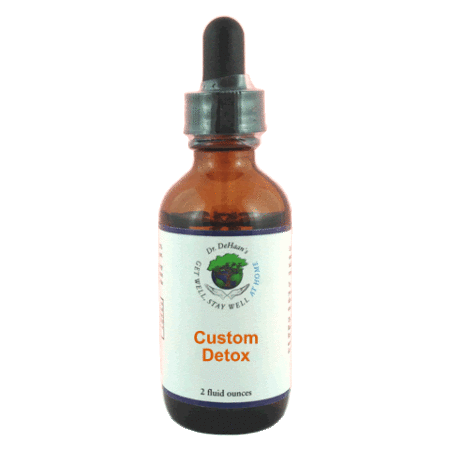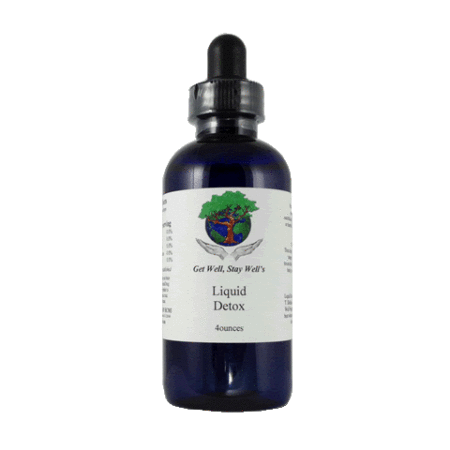 Formaldehyde is naturally produced in very small amounts in our bodies as a part of our normal, everyday metabolism and causes us no harm. It can also be found in the air that we breathe at home and at work, in the food we eat, and in some products that we put on our skin. A major source of formaldehyde that we breathe everyday is found in smog in the lower atmosphere. Automobile exhaust from cars without catalytic converters or those using oxygenated gasoline also contain formaldehyde.
Formaldehyde is naturally produced in very small amounts in our bodies as a part of our normal, everyday metabolism and causes us no harm. It can also be found in the air that we breathe at home and at work, in the food we eat, and in some products that we put on our skin. A major source of formaldehyde that we breathe everyday is found in smog in the lower atmosphere. Automobile exhaust from cars without catalytic converters or those using oxygenated gasoline also contain formaldehyde.
At home, formaldehyde is produced by cigarettes and other tobacco products, gas cookers, and open fireplaces. It is also used as a preservative in some foods, such as some types of Italian cheeses, dried foods, and fish. Formaldehyde is found in many products used every day around the house, such as antiseptics, medicines, cosmetics, dish-washing liquids, fabric softeners, shoe-care agents, carpet cleaners, glues and adhesives, lacquers, paper, plastics, and some types of wood products. Some people are exposed to higher levels of formaldehyde if they live in a new mobile home, as formaldehyde is given off as a gas from the manufactured wood products used in these homes.
Formaldehyde is used in many industries. It is used in the production of fertilizer, paper, plywood, and urea-formaldehyde resins. It is present in the air in iron foundries. It is also used in the production of cosmetics and sugar, in well-drilling fluids, in agriculture as a preservative for grains and seed dressings, in the rubber industry for the production of latex, in leather tanning, in wood preservation, and in photographic film production. Formaldehyde is combined with methanol and buffers to make embalming fluid. Formaldehyde is also used in many hospitals and laboratories to preserve tissue specimens.
Most of the formaldehyde you are exposed to in the environment is in the air. Formaldehyde dissolves easily in water, but it does not last a long time in water and is not commonly found in drinking water supplies. Most formaldehyde in the air also breaks down during the day. The breakdown products of formaldehyde in air include formic acid and carbon monoxide. Formaldehyde does not seem to build up in plants and animals, and although formaldehyde is found in some food, it is not found in large amounts.
The most common symptoms include irritation of the eyes, nose, and throat, along with increased tearing, which occurs at air concentrations of about 0.4-3 parts per million (ppm). Several studies of laboratory rats exposed for life to high amounts of formaldehyde in air found that the rats developed nose cancer. Formaldehyde is also known as methanal, methylene oxide, oxymethylene, methylaldehyde, and oxomethane. If you suspect Formaldehyde toxicity, look at your cosmetics and cleaning products, many dried or roasted fruits and nuts and even the materials used to build your home! These include: glues, plywood, fiberboard, insulation, particle board and timber paneling.
Detoxification of all Formaldehyde poisons and related complications
Help that itch, burn, rash, infection..
Detoxification of all Fungicides poisons and related complications


